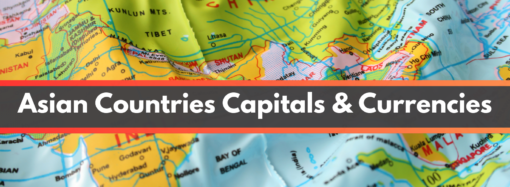Export blocks: On India’s trade amid the pandemic
READ BEFORE YOU PROCEED: D2G wears no responsibility of the views published here by the respective Author. This Editorial is used here for Study Purpose. Students are advised to learn the word-meaning, The Art of Writing Skills and understand the crux of this Editorial.

Meanings are given in BOLD
Official trade data for April, released at the mid-point of the Finance Ministry’s five-tranche ( a portion of something, especially money) package to salvage ( retrieve or preserve (something) from potential loss or adverse circumstances ) the economy in the throes ( intense or violent pain and struggle, especially accompanying birth, death, or great change) of a pandemic-induced lockdown, was the grimmest ( very serious or gloomy) in over two decades.
Merchandise exports had collapsed by over 60% and imports contracted only slightly less. Only two of India’s 30 biggest export products clocked positive growth — iron ore and pharmaceuticals, the latter ( occurring or situated nearer to the end of something than to the beginning) by just a quarter of a percent. Thanks to the sharp dip in global oil prices, higher volumes of petroleum exports didn’t help much in value terms. The trade collapse was not surprising as the spate ( a large number of similar things coming in quick succession) of national lockdowns around the world have not only dented ( have an adverse effect on; diminish) demand and investment, but also severely disrupted ( interrupt (an event, activity, or process) by causing a disturbance or problem) global supply chains and shipping routes.
India’s exports, however, were already in a free fall. The government’s economic stimulus package in totality offered several reform commitments, improvements in the ease of doing business along with some forbearance ( patient self-control; restraint and tolerance) and a few sops for micro, small and medium enterprises (many of which are also export-oriented units). However, there was no explicit respite ( a short period of rest or relief from something difficult or unpleasant) offered for exporters. The Reserve Bank of India, on May 22, did unveil ( show or announce publicly for the first time) a few measures, including a special ₹15,000 crore liquidity facility for the Exim Bank of India and a six-month extension for importers to complete outward remittances.
For exporters, the maximum permissible credit period from banks was extended from 12 months to 15 months, for disbursements ( the payment of money from a fund) made up to July 31, 2020.The three-month credit extension for exporters was, in fact, not a new measure and had already been announced by the central bank on March 23. So its repackaging two months later as a fresh move suggests policy makers are running short of ideas to prop up a key employment-generating bulwark ( a person or thing that acts as a defence) of the country’s economy post-liberalisation.
In an employment-intensive sector such as textiles, garment exports, which fell 16% between January and March, fell 91% in April. The outcome for May is unlikely to be any better and the World Trade Organization expects trade flows to slip by between 13% and 32% over 2020. The prognosis ( an opinion, based on medical experience, of the likely course of a medical condition ) gets even murkier ( obscure or morally questionable ) when one adds to this the new barriers on trade in medical and food supplies imposed by over 90 countries, and an increasing tendency to look inward for essential supplies (as India is doing too with its emphasis on self-reliance).
The country is again pitching ( set or aim at a particular level, target, or audience) to become an alternative investment destination for big global businesses in the hope that the COVID-19 pandemic would prompt them to hedge ( a way of protecting oneself against financial loss or other adverse circumstances) their China-dependent supply chains. But investment moves are a longer-term play. Meanwhile, Indian exporters shouldn’t be caught on the back foot as bigger stimulus packages, announced by other countries, kick in to revive ( improve the position or condition of ) demand and give a minor fillip ( something which acts as a stimulus or boost to an activity) to international trade.











